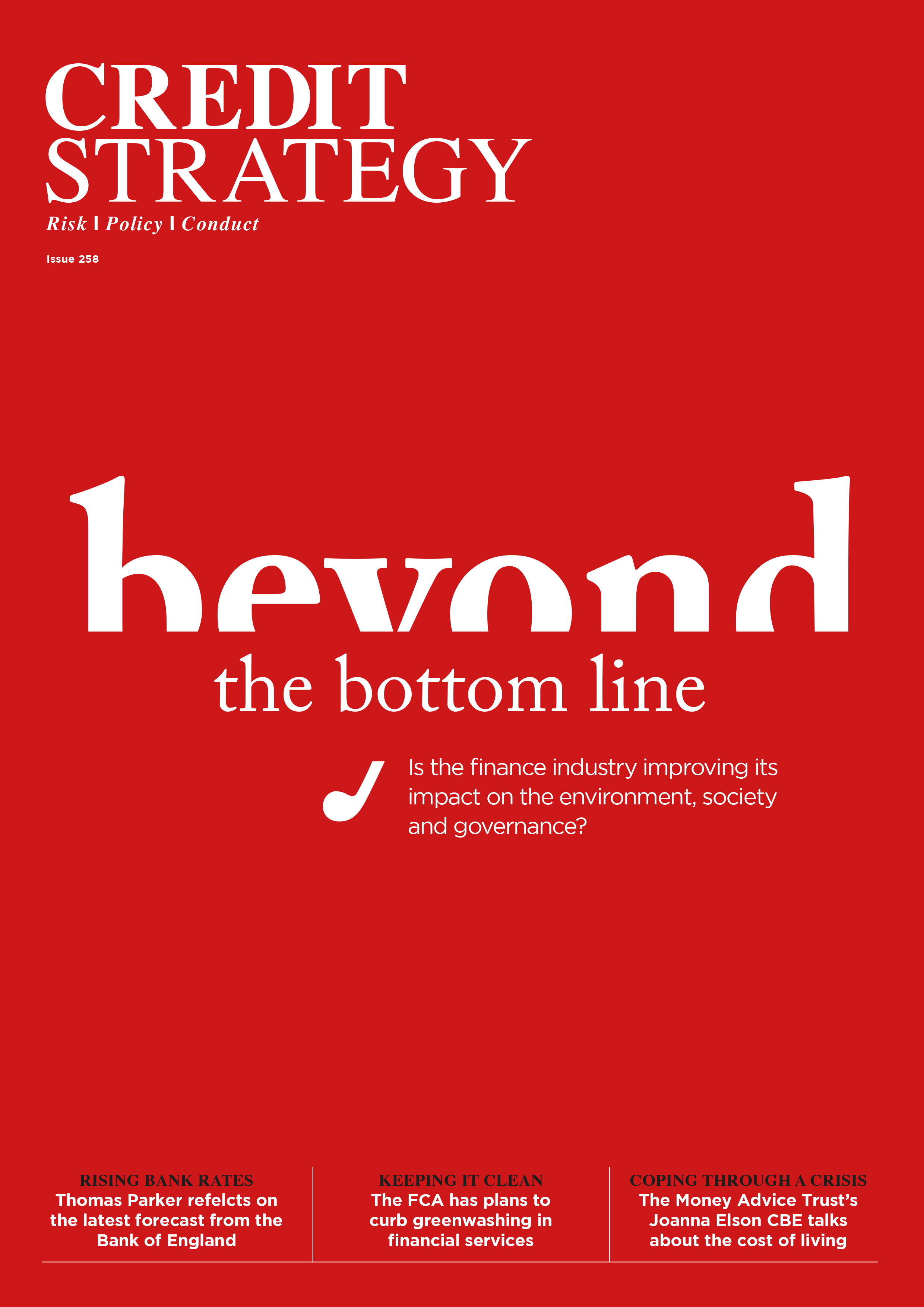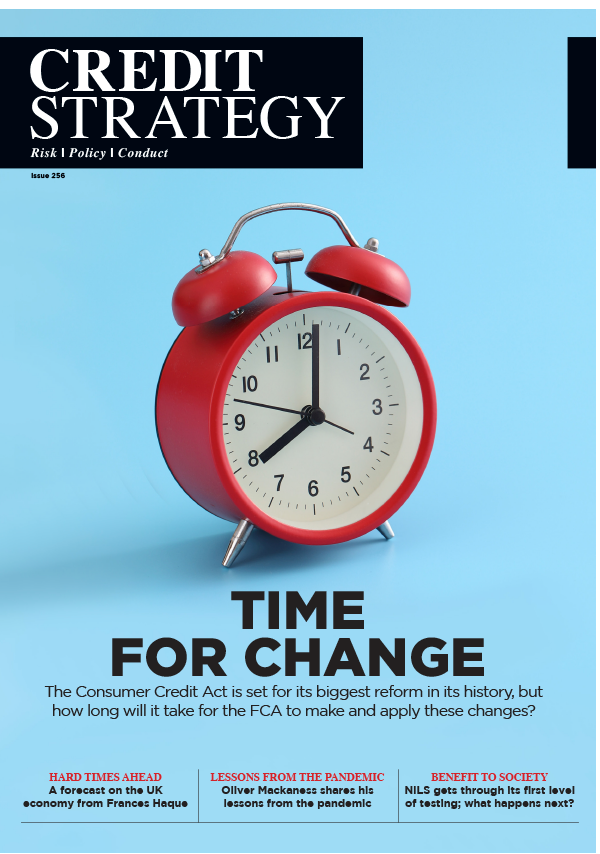Dear visitor,
You're reading 1 of your 3 free news articles this quarter
Register with us for free to get unlimited news, dedicated newsletters, and access to 5 exclusive Premium articles designed to help you stay in the know.
Join the UK's leading credit and lending community in less than 60 seconds.
Personal insolvencies surge nearly 60% in last half of 2020
Personal insolvencies increased by 57% between Q3 and Q4 in 2020, according to annual Insolvency Service figures out today.

Senior Journalist covering the Credit Strategy, TRI News and Reward Strategy brands.
The spike in the last quarter was driven by a rise in the number of IVAs, which accounted for 77% of total insolvencies during Q4. The Insolvency Service said that IVAs accounted for 70% of all personal insolvencies during 2020.
There were 111,424 personal insolvencies in total for the whole of 2020, a decrease of 8.6% on 2019. According to the data, this decrease was driven by a 25% reduction of both bankruptcies and DROs. The total number of bankruptcies in 2020 was the lowest since 1990.
Colin Haig, president of insolvency and restructuring trade body, R3, said: “The increase in personal insolvencies between Q3 and Q4 of last year may indicate that the damage the pandemic has wrought on many people’s finances is finally starting to translate through to the official insolvency figures.”
The Insolvency Service said that it does not record whether an insolvency is directly related to the pandemic, so it is not possible to state its direct effect on insolvencies.
Business failures
Corporate insolvencies between Q3 and Q4 2020 also increased by 17%, although corporate insolvencies for the entire year of 2020 fell by 27% compared to the 2019 total. The most significant factor behind this decrease is the range of support measures from the government during the pandemic.
Colin Haig, president of insolvency and restructuring body R3, said: “The most significant factors behind it are the support measures the government has introduced for businesses since the onset of the pandemic and the suspension of creditors’ ability to take action against many corporate debtors.”
The Insolvency Service’s report attributed the drop in both corporate and personal insolvencies to:
- Reduced HMRC enforcement activity;
- Enhanced government financial support for companies and individuals;
- Advice from financial service regulators that individuals and businesses in financial difficulty should be treated with forbearance and consideration.
Protection measures to help businesses avoid insolvency were extended in September last year to December 31. These included the restriction of winding up petitions, termination clauses being prohibited and the relaxation of the entry requirements to the moratorium procedure.
Haig said: “The government’s Covid support measures and legislation are key drivers of these low insolvency numbers, but they have deferred rather than deterred the full effects of the pandemic being reflected in corporate insolvency levels. It’s a question of when, not if, levels of corporate insolvency increase this year, but the timing will depend on when – and how – the government support ends.”
Stay up-to-date with the latest articles from the Credit Strategy team
Get the latest industry news






